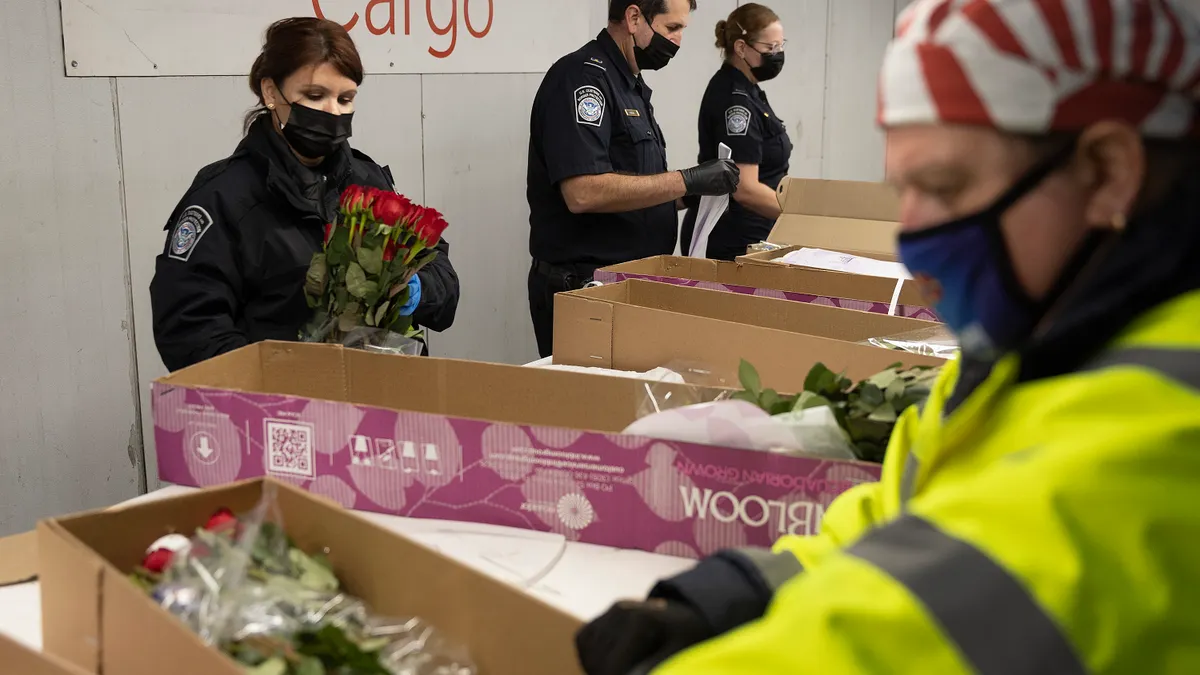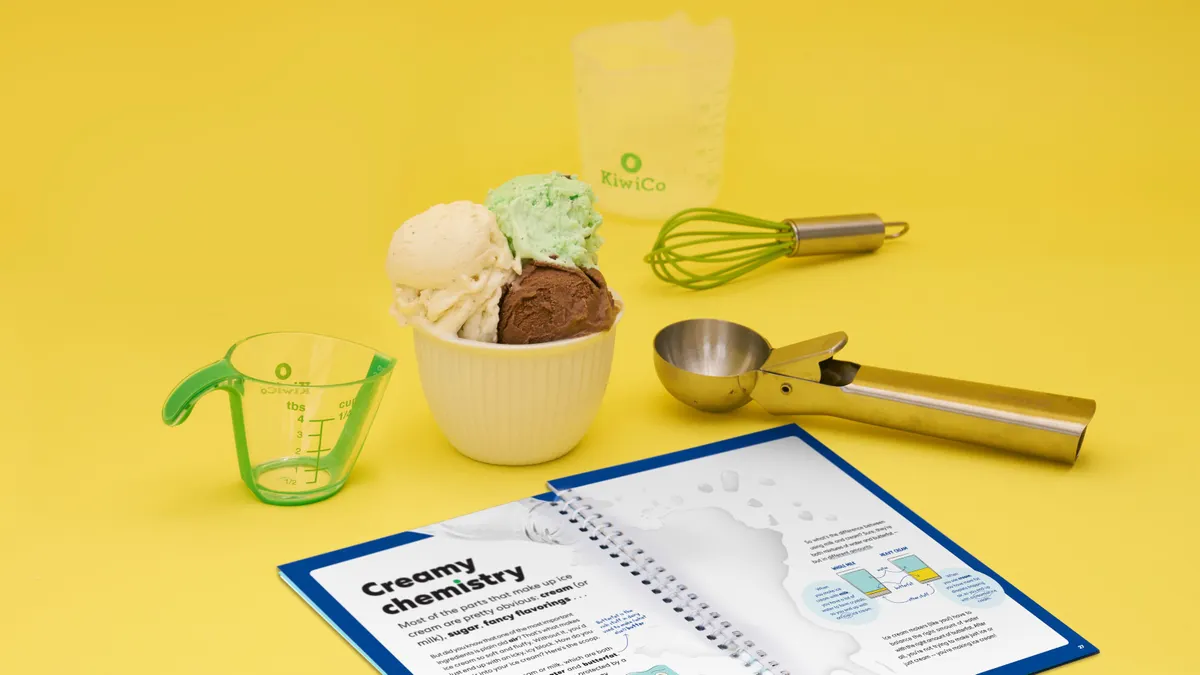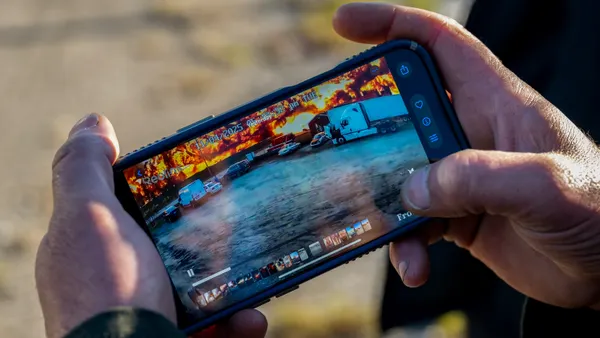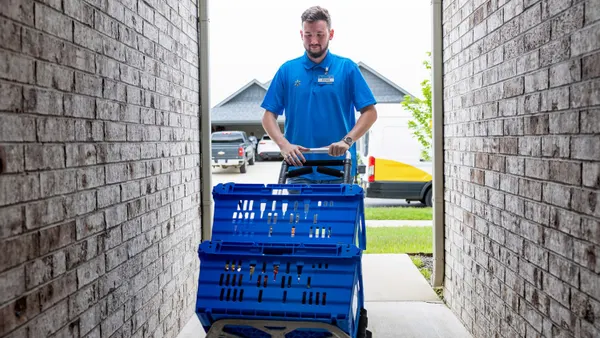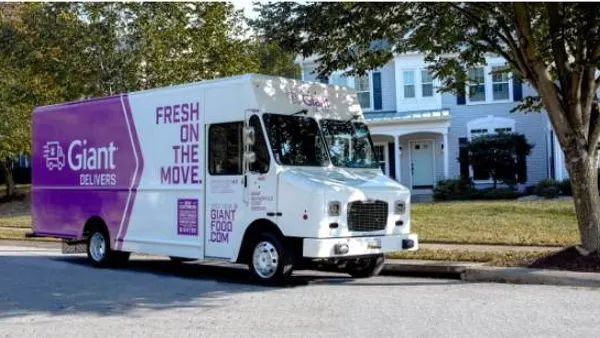Editor’s note: This story is part of a series highlighting takeaways from a Sept. 10 event hosted by Supply Chain Dive, Retail Dive and Marketing Dive. Register here to watch the replay on demand.
Inventory planning looks different this year as tariffs and geopolitical trade uncertainty, among other supply chain disruptions, muddy demand projections.
So how are shippers prepping for the holiday season? Well, we asked two industry experts that very question at Supply Chain Dive’s Sept. 10 event.
“Retailers are listening to demand signals tighter than ever before,” Noah Hoffman, VP of North American surface transportation at C.H. Robinson, said during the event. This means leveraging real-time data, including artificial intelligence, to coordinate with the retailer’s supplier community.
“Again, driving that agility, driving the response times, driving better business outcomes we're, I would say, a decade ahead of where we were two years ago,” he said.
Read on for three inventory strategies retailers are using ahead of the holidays.
1. Digital twins
Digital twins have been a critical aspect of contingency planning, according to the panelists.
In practice, the simulation technology helps retailers remain agile in their planning and execution of operations, said Hoffman.
“We advise our clients really to make these decisions using as much data rich, data-driven technology as possible,” David Patterson, partner at Clarkston Consulting, said. “So we're seeing a lot of use of digital twins as an example across the entire supply chain, regardless of segments becoming increasingly common, and I certainly expect investments like that to continue.”
2. SKU mix
Many retailers are currently prioritizing assortment standardization, Patterson said. This includes Levi Strauss, which has recently looked at the productivity of its SKU mix to avoid having to rely on discounts to clear inventory.
“We have seen a continued 80/20 rule where demand planners are looking to maximize the 20% of the assortment that's really accounting for 80% of the sales, as an example,” he said.
Toy and game company Hasbro has also been optimizing its inventory mix this year to ensure that those “India-sourced SKUs, as an example, are favored, even if they’re older than some of their more costly Chinese equivalents,” Patterson said. Nike, Coach and Uniqlo have also focused similarly on hero products.
“I'd say, just to summarize, as consumers are looking to tighten their spending in 2025 we may see shifts, if you look at food retail as an example of shifts to really prioritizing private label brands, prioritizing replenishment of private labels really to cater to those value-conscious consumers,” Patterson said.
3. Regional fulfillment
Retailers continue to move inventories closer to the end customer, whether through distribution or fulfillment centers, brick-and-mortar stores or logistics provider distributors, Hoffman said.
“The last mile can get really clunky for many,” he said. “So that ongoing investment in bringing inventory closer to the consumer allows for more agility.”
This story was first published in our Operations Weekly newsletter. Sign up here.




